As you know well by now, a car needs four main things to make it go. It needs a spark to combust the gasoline, air, and compression. There are, however, many ways to get air inside a car’s engine.
So this time, we’ll be talking about what “naturally-aspirated” means, and differentiating it from forced-induction. Also, do naturally-aspirated cars have pros over ones with forced-induction? We’ll answer that as well.
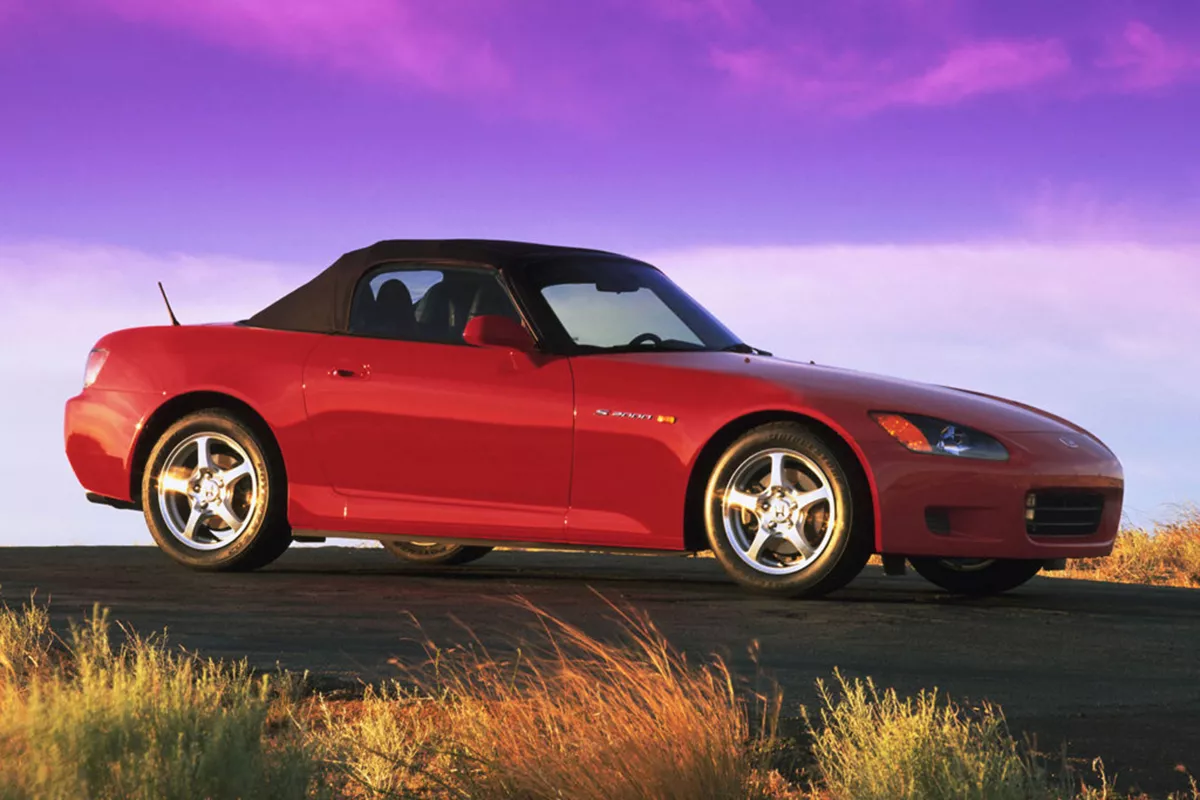
The Honda S2000 is one example of a naturally-aspirated car
What does naturally-aspirated mean?
The term “naturally-aspirated” applies to engines that do not use any special means of drawing in the air. Hence the word – “naturally.” To be more precise, it’s an engine that draws in air at normal atmospheric pressure.
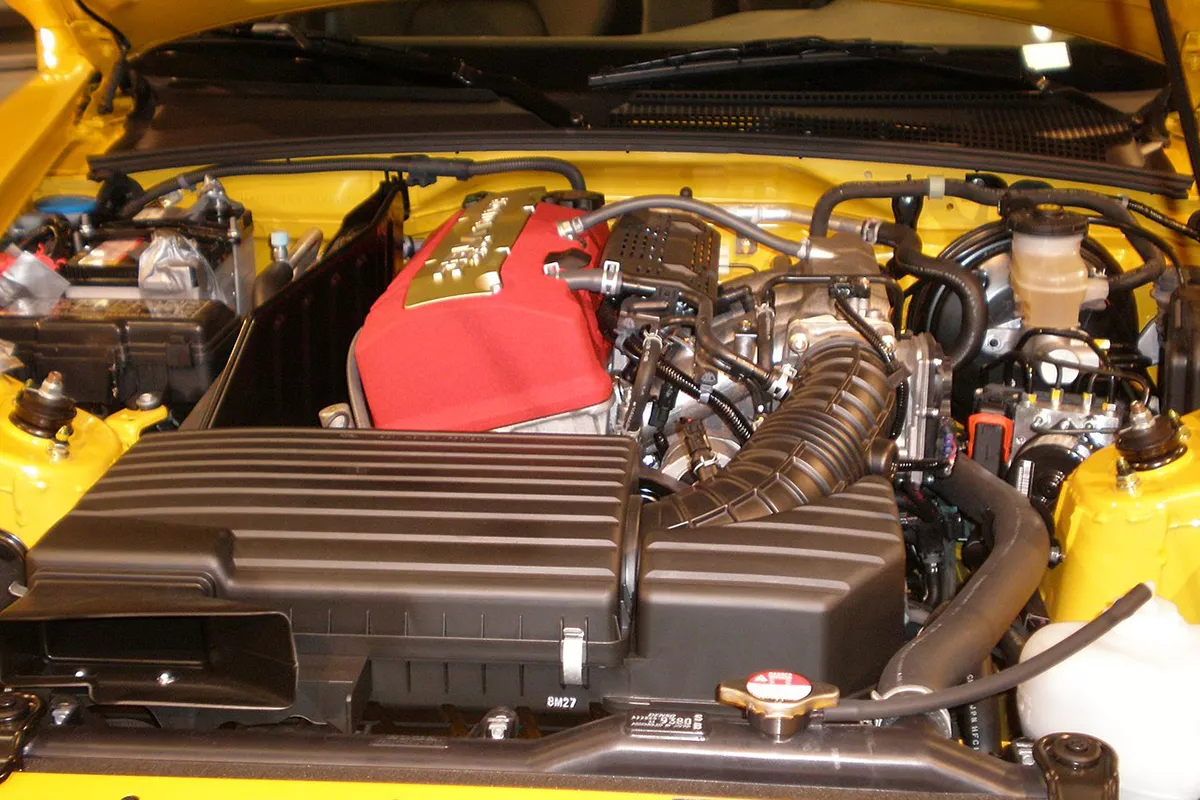
Despite not having forced-induction, the S2K's F20C engine is one of the best engines ever made
The opposite of natural-aspiration is of course, forced-induction. It is “forced” because air is compressed using a device. These compressors are either turbochargers or superchargers.
They’re both different in how they work, but essentially, both function by introducing more air into the combustion chamber by pressurization. The more air in the chamber means that the engine becomes better at burning fuel. That in turn, means more power produced.
Naturally-aspirated pros and cons
1. Pro: A naturally-aspirated engine is less complex
An engine equipped with forced-induction is more complex than a naturally aspirated engine. For starters, it needs more cooling since forced-induction uses hot exhaust air, and compressed air is naturally hotter than non-pressurized air.
Those gasses need to flow through the engine manifold before getting compressed in the turbo. If the intercooler fails due to lack of maintenance and/or improper installation, it might increase fuel consumption while experiencing a huge reduction in power.
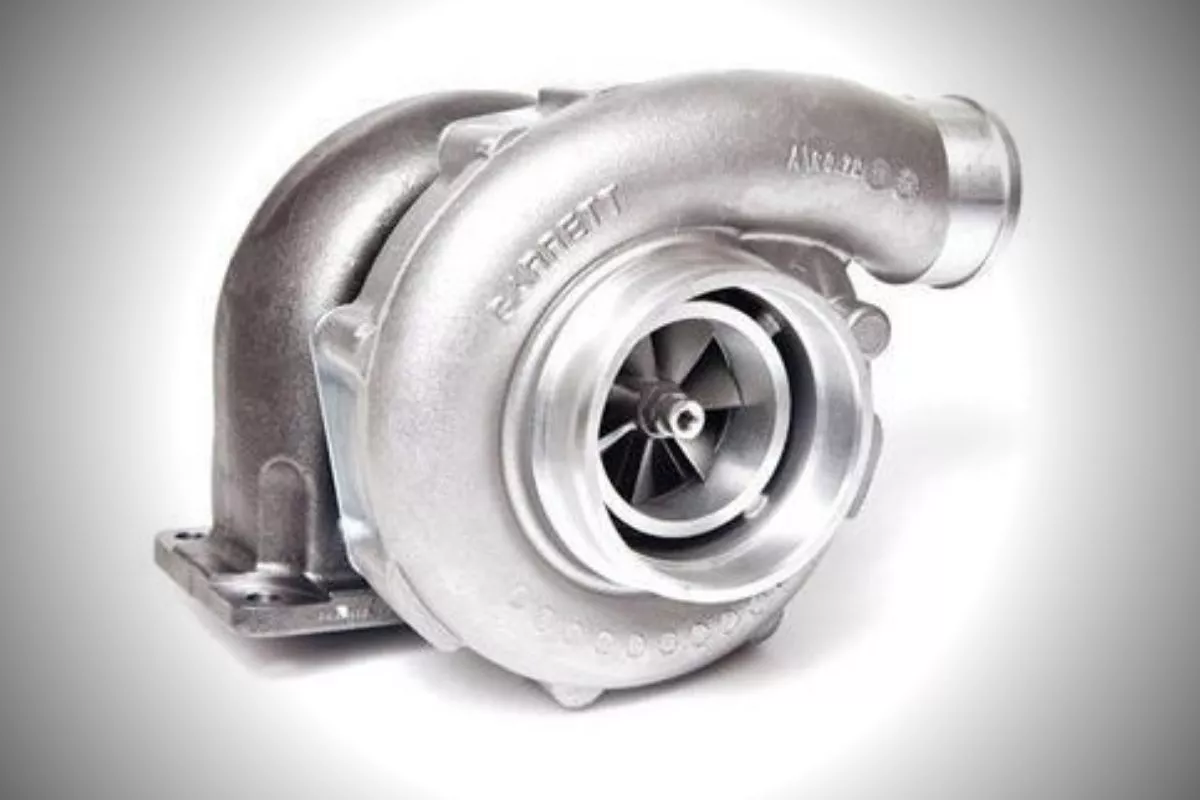
A Garrett turbocharger
>>> Related:
- Cold air vs Short ram intake: Know the differences
- Which are better - bigger engines or small turbocharged engines?
Second, the supercharger or turbocharger itself uses several moving parts. That said, oil starvation, and/or contaminated oil will result in catastrophic failure. Also, the accidental introduction of a foreign object to the turbo or supercharger’s spinning impellers will break the said impeller. This causes loss of power and a lot of grating noise.
In turn, a naturally aspirated engine doesn’t need to address the issue of hot compressed gasses/air, and it also has fewer moving parts. Fewer parts will of course mean that it will need less of your time, knowledge, and effort when it comes to maintenance.
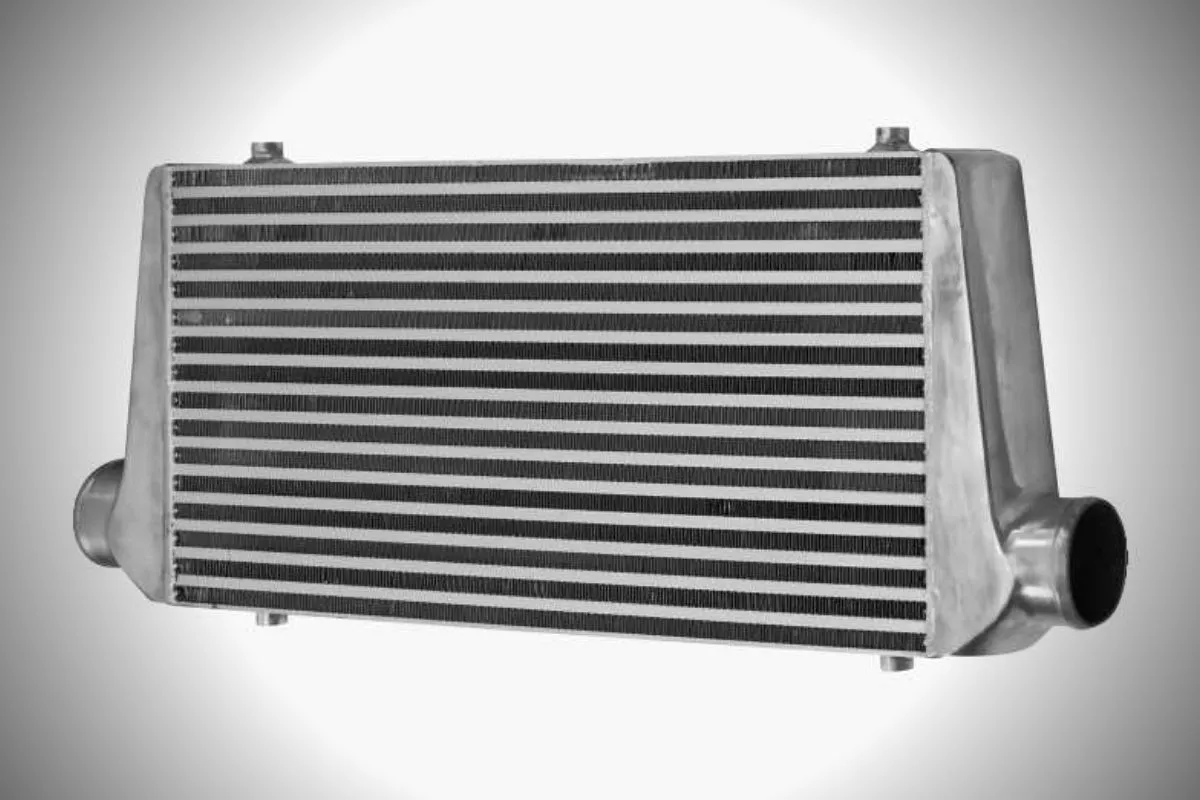
The intercooler helps the heat added by forced-induction
2. Con: A naturally-aspirated engine produces less power
The main purpose of forced-induction is to provide more performance. It does this by introducing more air, for the engine to burn more fuel. Thus, a turbocharged or supercharged engine will always make more power with a similarly specced, but naturally-aspirated engine.
There are however ways to make more horsepower without using forced induction. This involves installing forged pistons, stronger but lighter rods, a stronger head gasket, a better air-intake, and fuel flow system, a better exhaust system, and maybe even polishing and porting an engine’s heads. Combine this with the appropriate ECU tune or chip tuning box, and you have yourself a high-horsepower naturally aspirated engine.
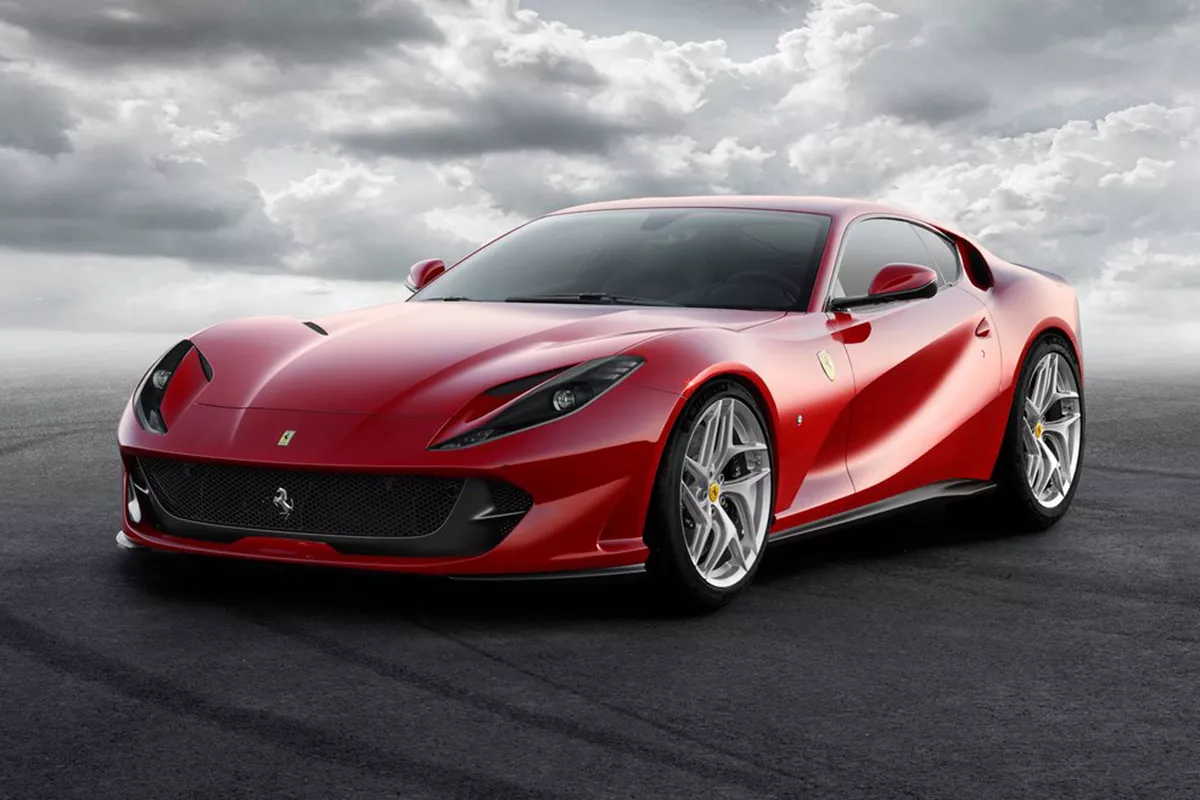
The Ferrari 812 Superfast's naturally aspirated V12 can make up to 789 horsepower
>>> Related: Shoud drivers opt for it: The Pros and Cons of turbocharging & Supercharging car engines
3. Pro: A naturally-aspirated engine can accelerate better
Turbochargers rely on exhaust gasses to spool its turbine. That said a car starting from low RPMs will need some time to build enough of those exhaust gasses. So in low RPMs, the additional power that a turbocharger provides will be delayed. This is called turbo lag, and it’s the bane of many autocross, drifting, and drag racers who rely on turbocharged builds.
A supercharger, on the other hand, does not have lag since its operation depends on the engine speed itself. In other words, they’re driven mechanically by the engine. This means more parts, thus a heftier price tag.
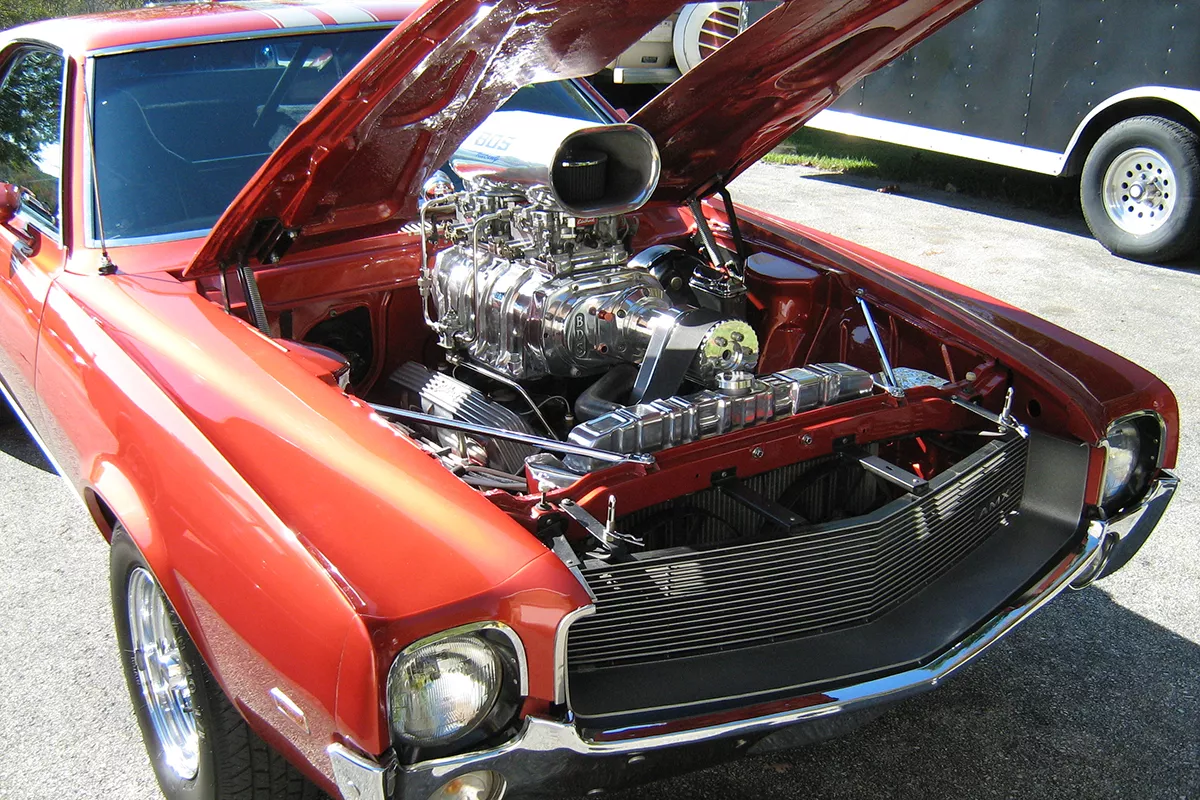
A roots-type supercharger on a 1968 AMC AMX
In comparison to the above, a naturally aspirated engine has no lag. That means a steadier power band, and more responsiveness especially when accelerating out of corners or from a standstill.
4. Engines with forced-induction are more fuel-efficient
Contrary to popular belief, engines that have forced induction actually needs less fuel to produce more power. More air, after all, means more efficiency at burning fuel.
Interestingly enough, more and more car manufacturers are using this to their advantage. A case in point is the many cars equipped with three-cylinder engines that come with forced-induction. These engines are lighter and have smaller displacements. At the same time, they can match the power outputs of larger engines.

Small displacement turbocharged engines also make for great hybrids powerplants
What does naturally aspirated mean and FAQs
1. Are naturally-aspirated engines easier to fix?
Answer: Yes. This is because naturally-aspirated engines have fewer moving parts and less parts that need a good flow of oil. They also don’t need additional cooling via an intercooler system.
2. Can you turbocharge any engine?
Answer: Technically, yes, you can give any engine forced induction. There are however some engines that are “more compatible” and are easier to turbocharge or supercharge.
3. What are examples of cars that come with forced-induction?
Answer: Examples of cars in the Philippines with forced-induction is the Geely Coolray, Toyota Fortuner, Isuzu Mu-X, Nissan Patrol Royale, Nissan GT-R, Honda Civic RS and Type R, and many others.
4. Can you remove the factory-installed turbo to make your car naturally-aspirated?
Answer: Yes you can, but we do not recommend it. If you do that, you’ll also need to rework the exhaust system, the ECU tune, change the high-compression rated oil seals and gaskets, etc.
5. Is there a way to make my naturally-aspirated engine make more power?
Answer: Yes, but it’ll cost you. It’ll need stronger engine internals, a better air, exhaust, and fuel system, as well as the appropriate ECU tune or chip tuning box.
For more articles like this, keep reading here on Philkotse.com.
Recent posts
- Stroker Engine Mechanism Dec 31, 2020
- Subaru Forester Sport Dec 15, 2021
- new Nissan Almera Malaysia Mar 18, 2021
- 10 most popular car engine parts that you should know Aug 09, 2022
- 5 simple tips to maximum your car engine's performance Aug 16, 2022












